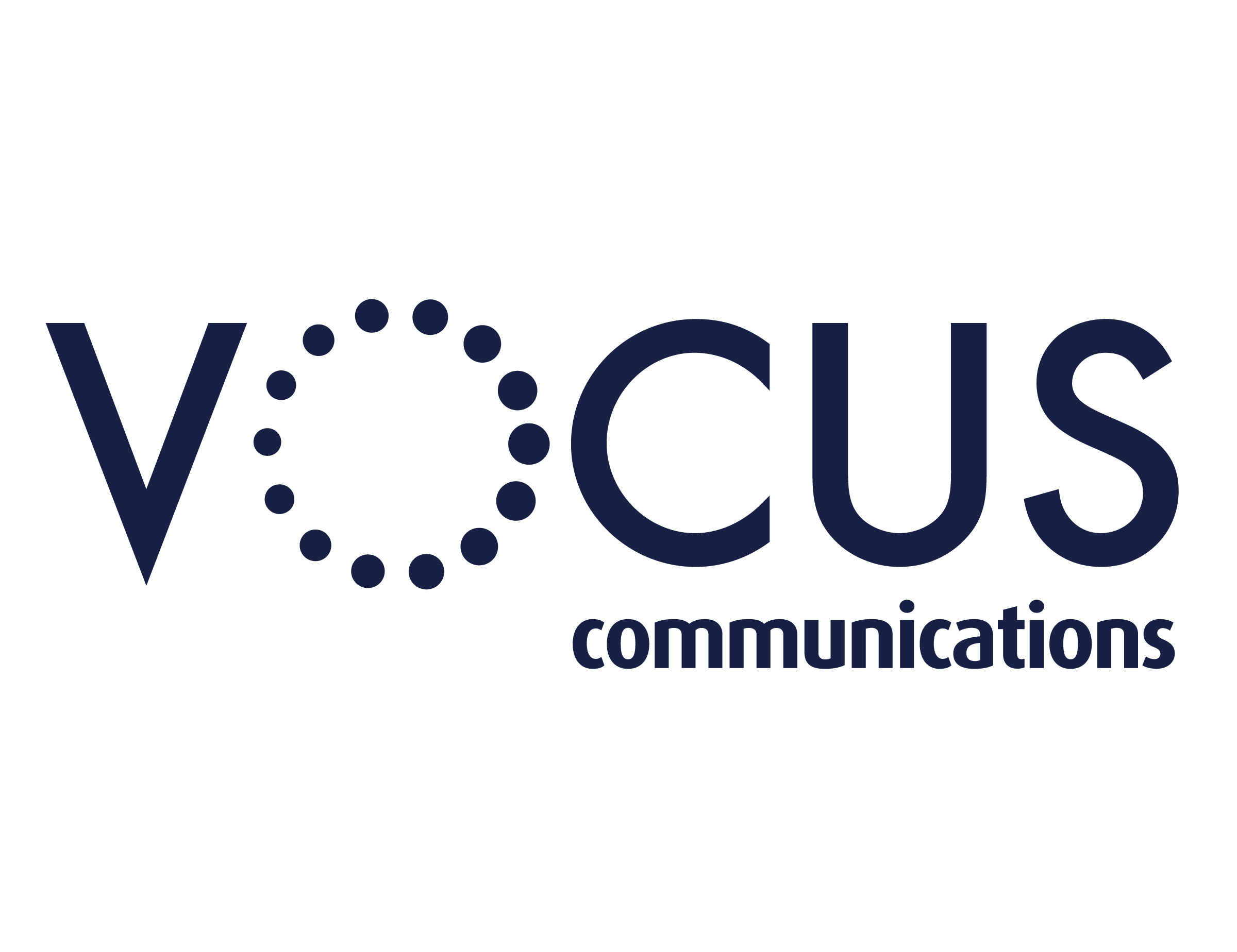The Council wanted three key carrier grade capabilities: a wide area network, voice distribution, and uncapped, uncontested, dedicated internet services.
It was the start of a relationship that has stood the test of time. It has also thrived through considerable change on both sides. In 2015 the Council had a major data centre transition. In the same year the M2 Group acquired CallPlus. Six months later that company merged with Vocus Communications.
Hamilton City Council chief technology officer Pieter Bronkhorst says all those changes passed with minimal disruption. He says it helps that the relationship goes back a long way.
"CallPlus was our landline and SIP provider before it became our total telephony provider in 2013."
"We had a very strong relationship with the account managers and with senior management. This helped us. If you've got a good relationship and customer engagement, then individuals can absorb whatever changes. They just continue to deliver service consistently while they deal with all the structural changes.
"When there were new personnel, the transitions were always handled smoothly. Vocus would send a senior manager who would come along and explain what was changing and how they would deal with it."
People are central to any business relationship. Bronkhorst says the chemistry between Hamilton City Council and Vocus was good from the outset.
"When we started. I had a vision of where we wanted to be in two or three years. I drew it on a piece of paper for Mark Knowles (senior pre-sales consultant at Vocus) and his team.
"At that point it wasn't about products and it wasn't industry standard in New Zealand. They went away, and we started our journey with a WAN implementation that eventually evolved into exactly what we needed."
"When we did a major transition to another data centre in 2015, we had our network built in such a way that there was minimal disruption as we moved data centres from Hamilton to Auckland.
"It was amazing to see how the vision that I had turned into a technical design and a delivered solution for Hamilton City Council. "
"They listen, they respond and they come back and validate. This is what matters to me. It makes a difference."
He says you can get anything from a service provider like Vocus if you have the right relationship.
"We have open relationship with the account management team, technical consultants and presales team so that anything can be put on the table.
"It's not like I'm looking at a catalogue and can only pick things that Vocus offers. I tell them what I want, what my ideas are and ask how they can help to make it happen for the business outcomes we need. We have a track record of that experience being consistently delivered."
A key for Bronkhorst and Hamilton City Council is Vocus' own network and its relationship with network providers like UltraFast Fibre, the UFB fibre company in the Hamilton area.
"One of the interesting things when we went into procurement was Vocus was building its own network.
"We leverage that extensively. During the 2015 data centre migration there was a shortage of network equipment to do the end-to-end terminations. Because Vocus owned the network, it was able to provide us with a private tunnel that mimicked the capability of the dual WAN path to Auckland. This meant we could start our migrations while the equipment was sourced. If you don't own your own wires, you can't slice and dice them for your customers."
Bronkhorst says that move saved the Council four to five weeks of transition time, because it was able to start moving data and services to the new data centre without waiting. He says this illustrates the value of the direct contact with the Vocus team and the agility that provides when delivering business outcomes.
"We explain to the team the outcome we want to achieve and what service at the end point should be. The team then goes and designs the right-fit technology solution. The alternative would be for me to reverse-engineer what we need into a service provider's catalogue.
"In some cases there are services that Vocus doesn't have, when that happens they broker that, then present it to us as if they were straight-up Vocus services. Sometimes they go and find us the most cost-effective way of doing something. This gives us the ease of transacting with one service provider."
Having a single provider manage the entire telecommunications portfolio has other benefits. Bronkhorst identifies cost-efficiencies and scalability. He says among other things it's easy to move from copper lines to SIP, from fibre to a mobile phone or from internet service provision to a WAN.
"They understand your whole business operation and can contribute better to a conversation. If I call Mark Knowles and say we're looking to change something, he can call out the risks because he understands the telecommunications architecture that makes up Hamilton City Council. I don't have to have a person that aggregates all the information about our telecommunications infrastructure in-house. That is why I have a telecommunications partner", he says.
One area where Bronkhorst is especially pleased with the Hamilton City Council and Vocus partnership is the Council's events facilities. He says: "We offer high internet demand and complex connectivity technologies for connectivity for promotors and for the events organisers who use our facilities. At this year's HSBC New Zealand Sevens I worked with Mark Knowles to deliver an innovative solution providing on-demand internet services."
The media companies covering the event needed connectivity for broadcast equipment. Vocus worked with Hamilton City Council to deliver a layer 3 service. There was no need for the Council's IT team to worry about the project.
"We were able to provide those services during events with no issues. It's an area where we have pushed hard and it's recognised in the industry as top-notch".
